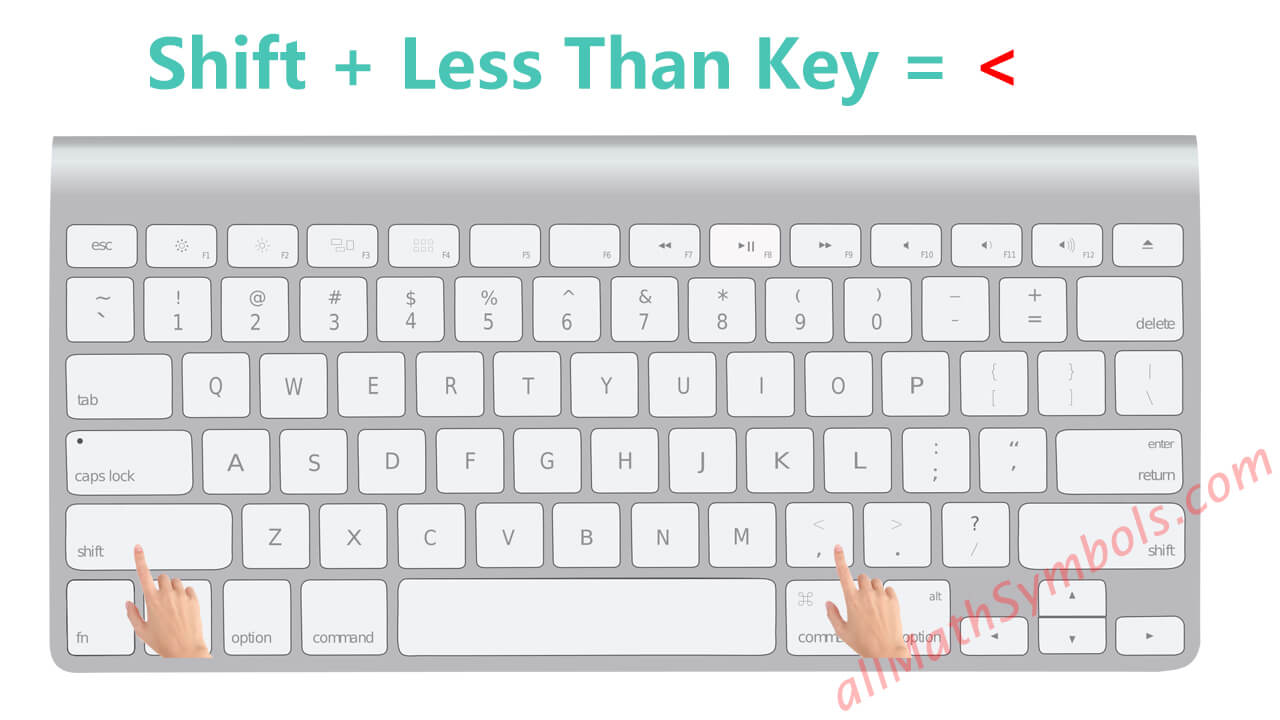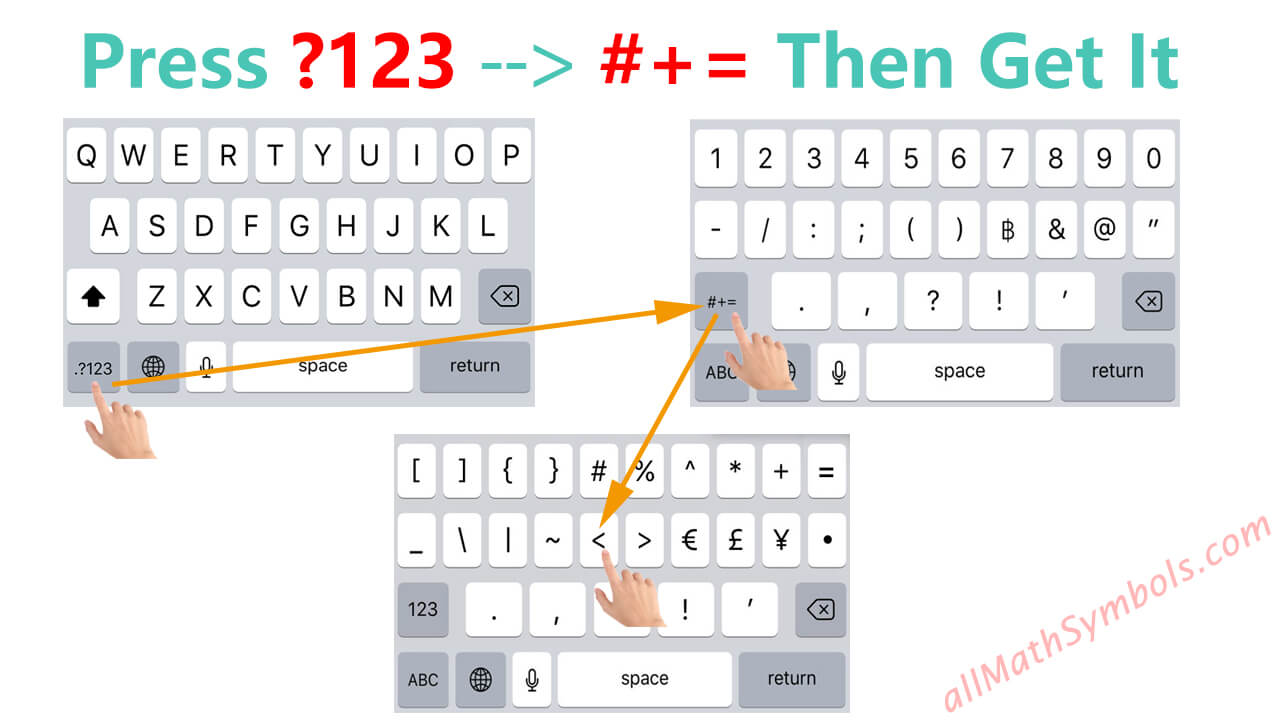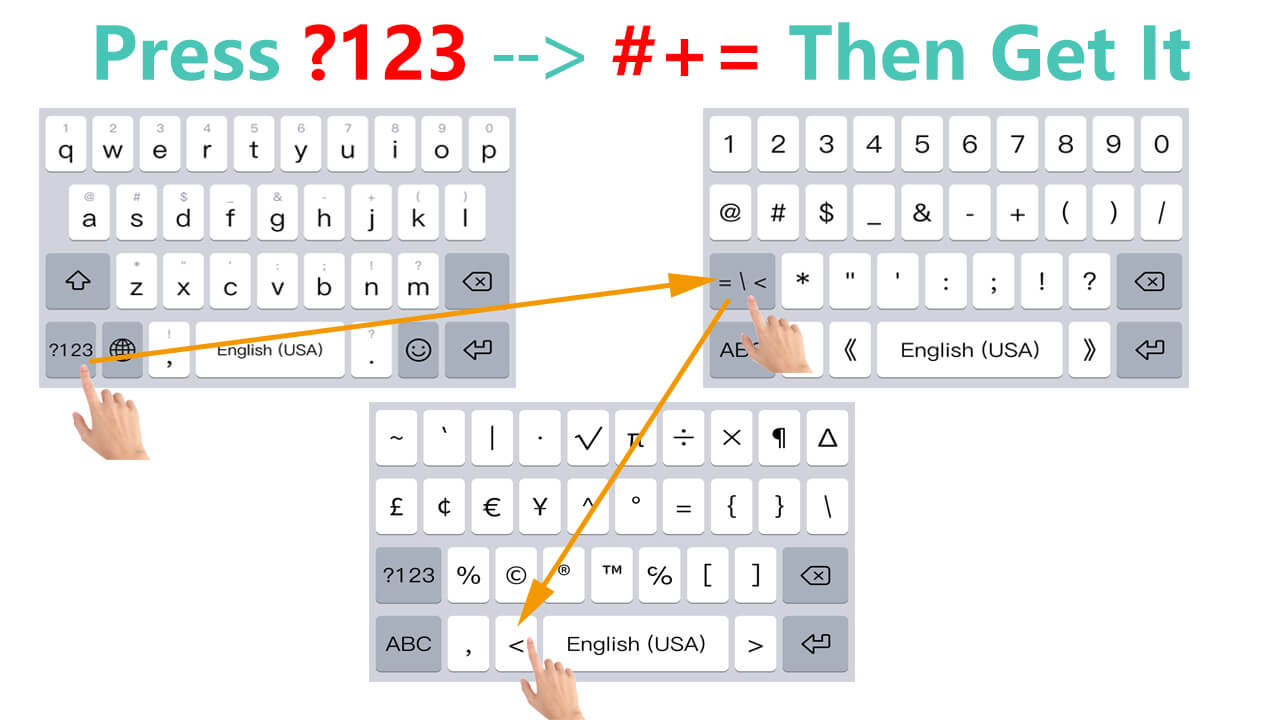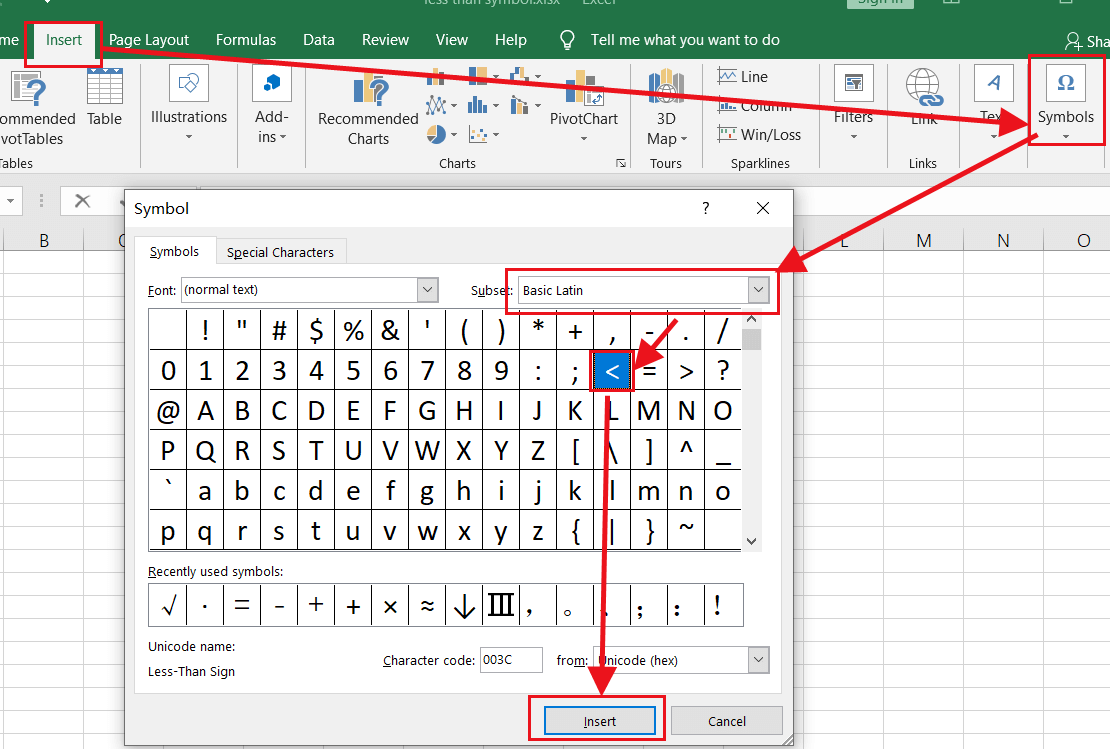Less Than Symbol
Like many other symbols in the mathematical notation, the less than signs hold great importance. It looks like <. The less-than sign is used widely in all fields of mathematics and also in our daily life. Below we will discuss in detail the less-than sign, where it should be used and how is it different from other similar signs.
What does the less than symbol mean in math?
The less than symbol along with the greater than symbol is used to represent the concept of inequality in math. That means if the relationship between two numbers or quantities of not that on equality where the = sign is used then it is evident that the two quantities are not equal to each other. That automatically means that one is less than or greater than the other.
The less than symbol provides a means to give a comparison between the two stated values by indicating that one of them is less than the other. It is to be noted that when using the less-than sign, the first of the two variables is always less than the second one, as in ascending order. This is the only way the symbol makes sense.
History of the less than symbol
We started using the equality sign in math around 450 years ago and the inequality signs were used for the first time by a French mathematician, Pierre Bouguer in 1734 but similar signs were used by a logician, John Wallis way before in 1670.
How to use the less-than symbol?
Now that the role and function of the less than symbol have been made clear we can move on to talking about how and where to use this specific symbol. In situations where you have to compare two values and denote the first of the two less than the second one we use the inequality sign i.e < the less-than sign.
2a + 5c < 4b + 9c
The above equation contains constants i.e. 2, 5, 4, and 9, variables i.e. a, b, c, and also symbols i.e. <
The equation states that the sum of 2a and 5c is less than the sum of 4b and 9c.
How do you type the less than symbol?
Codes of less than symbol
| Unicode | U+003C | |
|---|---|---|
| Alt Code | Alt 60 | |
| ASCII Code | 60 | |
| Hex Code | < | |
| HTML Code | < | |
| CSS Code | \003C | |
| HTML Entity | < |
Difference between <, = and ≤
Less than sign (<)
The < is the symbol for the less-than sign. This is used to show that the first-mentioned integer or variable is less than the following one. For example: 2b - 11c < 5c + 12b
Equal sign (=)
The = is the symbol for the equality sign which means that the two variables or numbers on either side of the equality sign are equal to each other, none of the two is greater or less than each other. For example: 4a = 2b
Less than equal to sign (≤)
The last ≤ is the symbol of the less than or equal to function. This means that the variable on the left side of the symbol can either be less than the variable on the right or can be equal to that. For example: 4b ≤ 4c The above equation means that 4b is either less than or equal to 4c. This is possible if b has a value less than c or equal to c.




